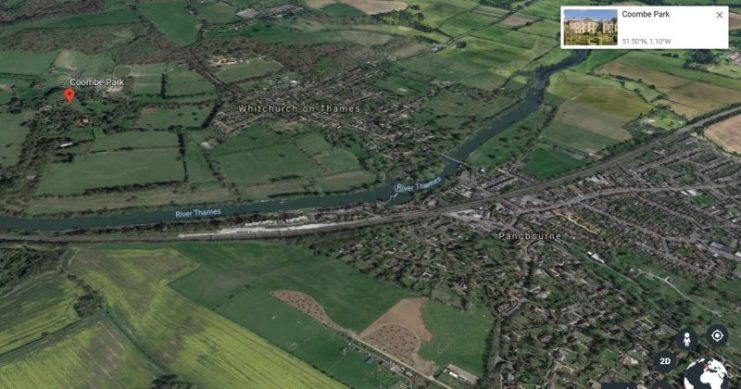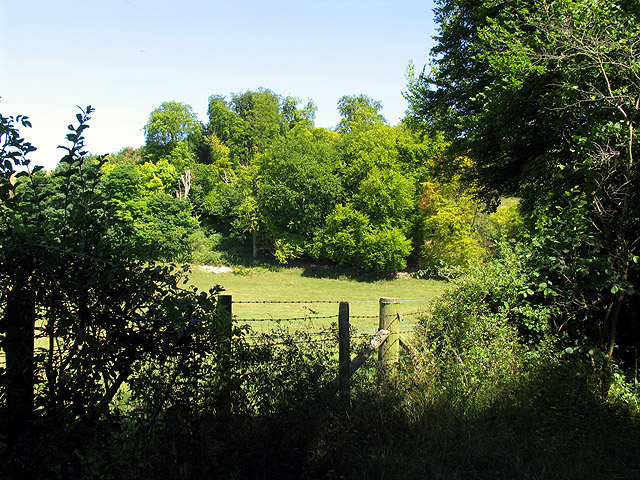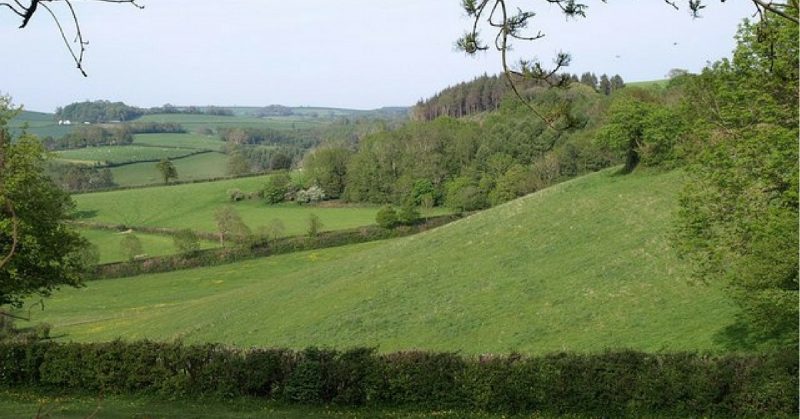Coombe Park is a 125-acre country home that was once inhabited by an aristocratic family who bred racehorses. It has been sitting, untouched, for thirty years and desperately needs work.
It is on the market for £10m which reflects the location and potential of the property.
The estate is in Whitchurch-on-Thames in Oxfordshire. It has impressive views of the River Thames and beyond. Realtors Strutt & Parker believe the buyer will likely bulldoze the property and start afresh.
James Gardiner built it in 1865 when he returned from the West Indies. He sold it to Charles Howard in 1898.
Howard produced several high-quality racehorses on the property. The most famous was Willonyx, who won five major races in 1911 including the Ascot Gold Cup.
Howard’s widow, Lillian, used the estate as a rest and recuperation center for the US Air Force during WWII. The American Red Cross was in charge of the center until the end of the war and provided hostesses to care for the airmen and civilian clothes for the crews to wear while on leave.

As with many large houses during WWII, it was neglected. After the war, such properties were reduced in size or completely torn down and rebuilt. Coombe Park was no exception and is in bad shape. The main section of the house was demolished because restoring it was prohibitively expensive. What is left is the old servants’ wing and the coach house which was renovated and extended in 1982.
There is 13.368 sqft of living space that includes an entrance hall, reception hall, sitting room, study, kitchen, dining room, drawing room, an indoor pool, game room, cellars, six bedrooms and five bathrooms.
The estate’s gardens include a former orangery, an overgrown walled garden, greenhouses and an outdoor swimming pool that has fallen into disuse.
The Coach House complex contains a courtyard with several buildings, including two three-bedroom cottages, offices, stabling, and paddocks.
Also included is a separate three-bedroom lodge; a pavilion which was used as a changing room for a football team; an indoor tennis court; and a boathouse with a wet and dry dock and a small apartment above it. The new owner could be on the Thames just minutes after leaving their dock.

The American Red Cross managed 16 “flack homes” for US bomber crews in Britain. Like Coombe Park, the houses gave a place of rest for US bomber crews at the mid-point of their 25-mission tour of duty.
As there was another flak house in Dorset called “Coombe,” Coombe Park was renamed Pangbourne House for the remainder of the war.
According to the realtors, it is extraordinarily rare to have the opportunity to buy a property of such size with its own parkland and frontage to the Thames. The walled garden is like a secret garden in a book. Prospective buyers stumble across sundials and dovecotes in among the rhododendrons and brambles. There is enormous potential for the property, for someone brave enough to take on the monumental task of overcoming thirty years of neglect.
The realtors also pointed out the opportunity for commercial development, provided the prospective owner can obtain the necessary permits. Barns and outbuildings could be converted. There is also the possibility for a small residential development on the property.
The potential owner could try to renovate the existing parts of the house, but with thirty to forty years of neglect, it may be more effective to knock it down and start again.
